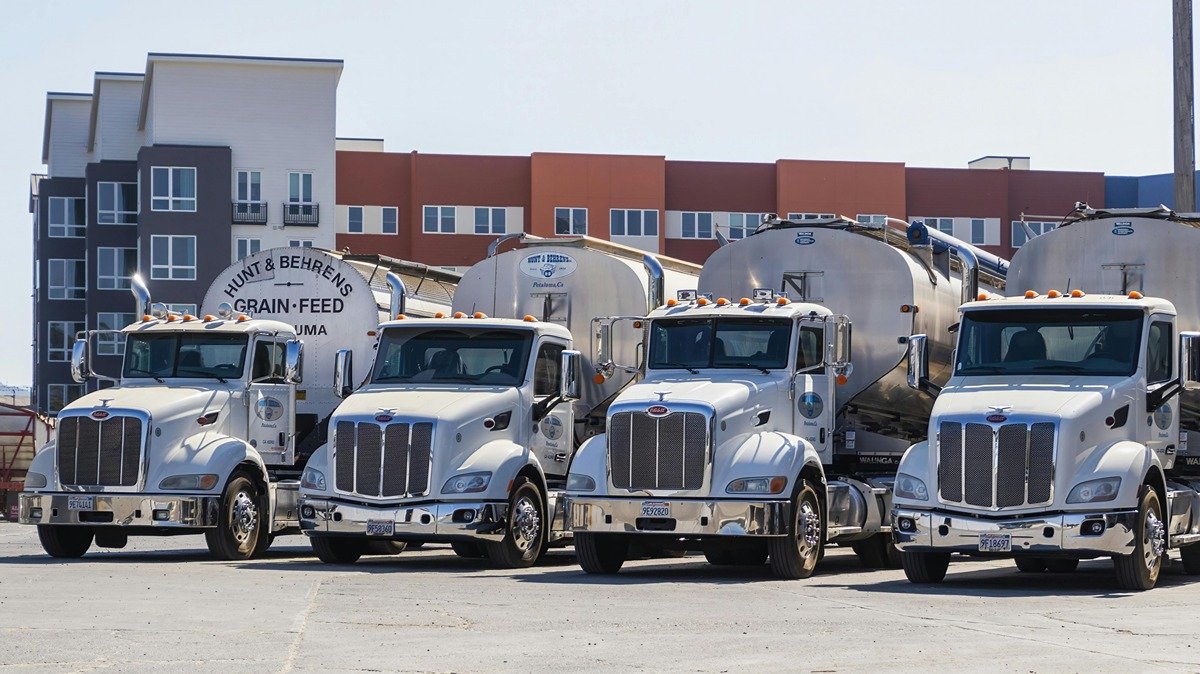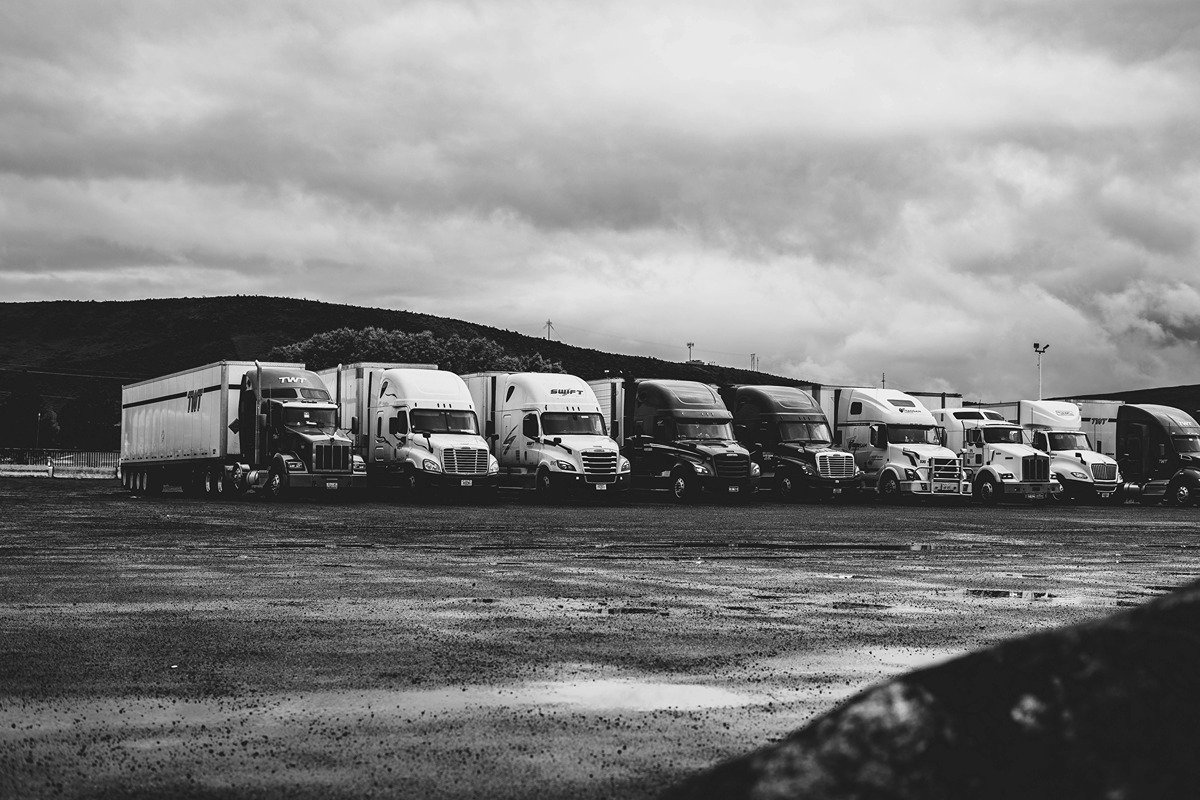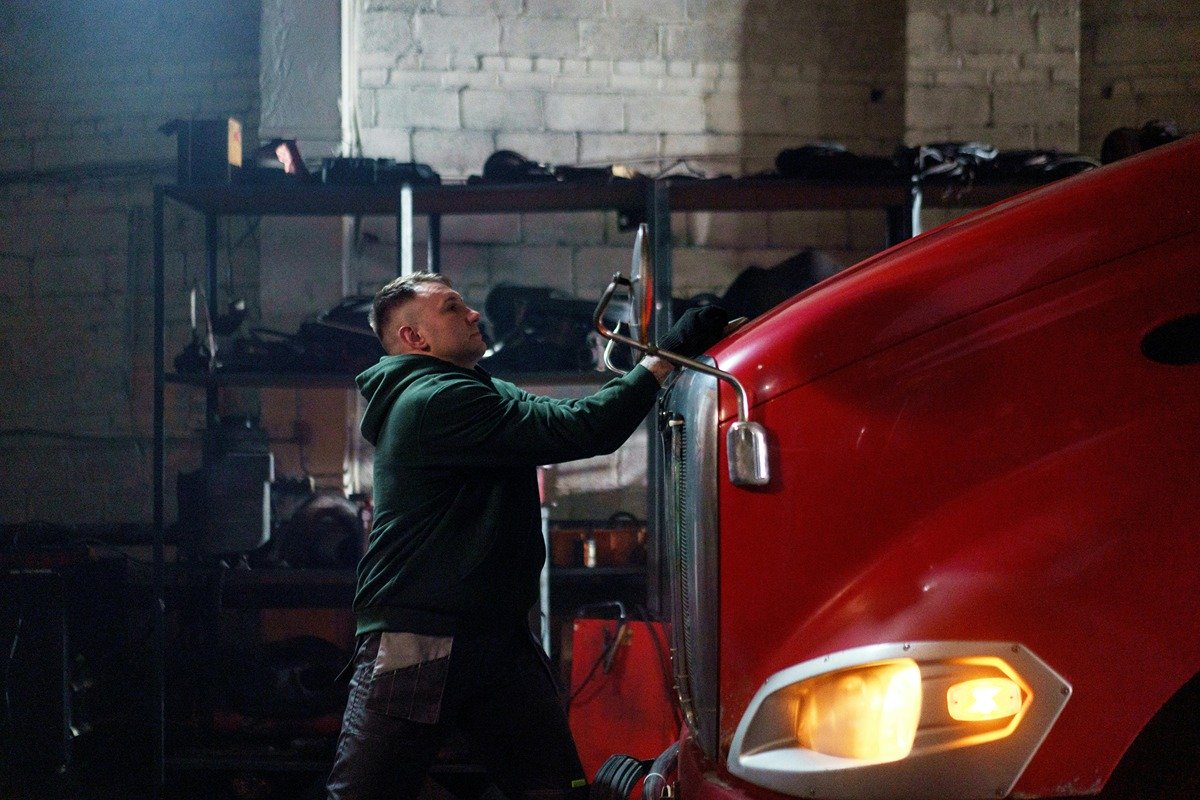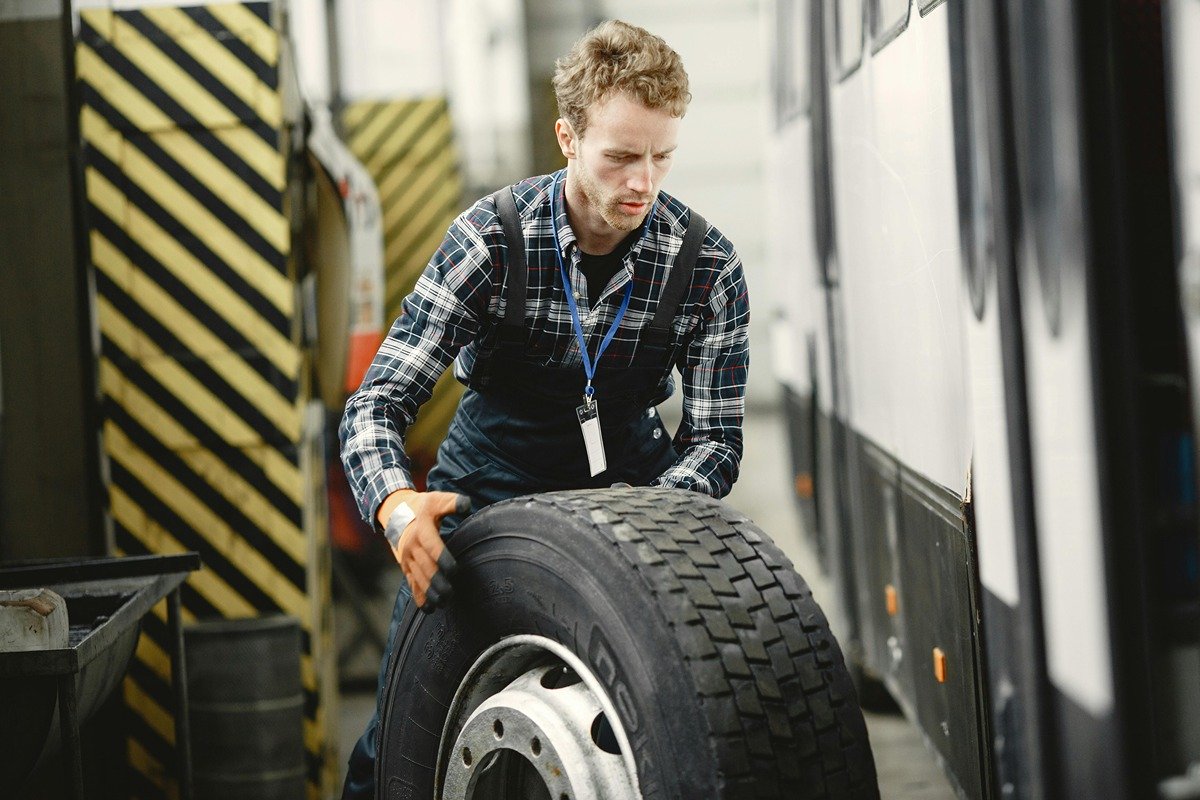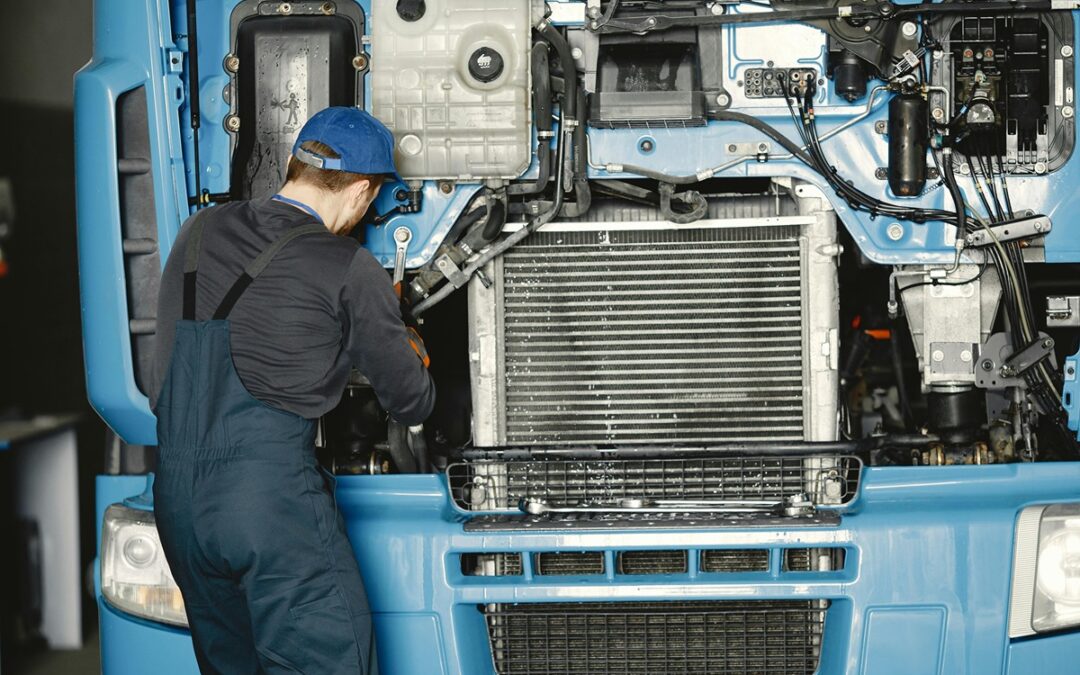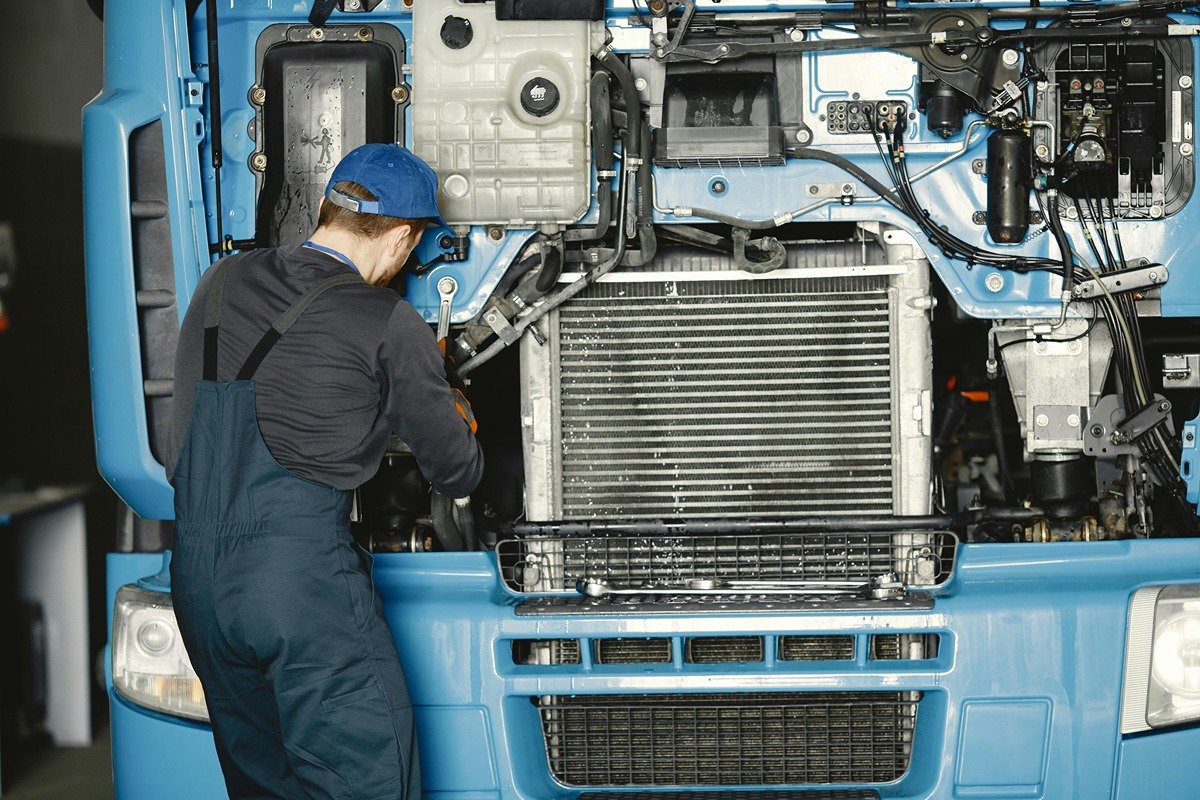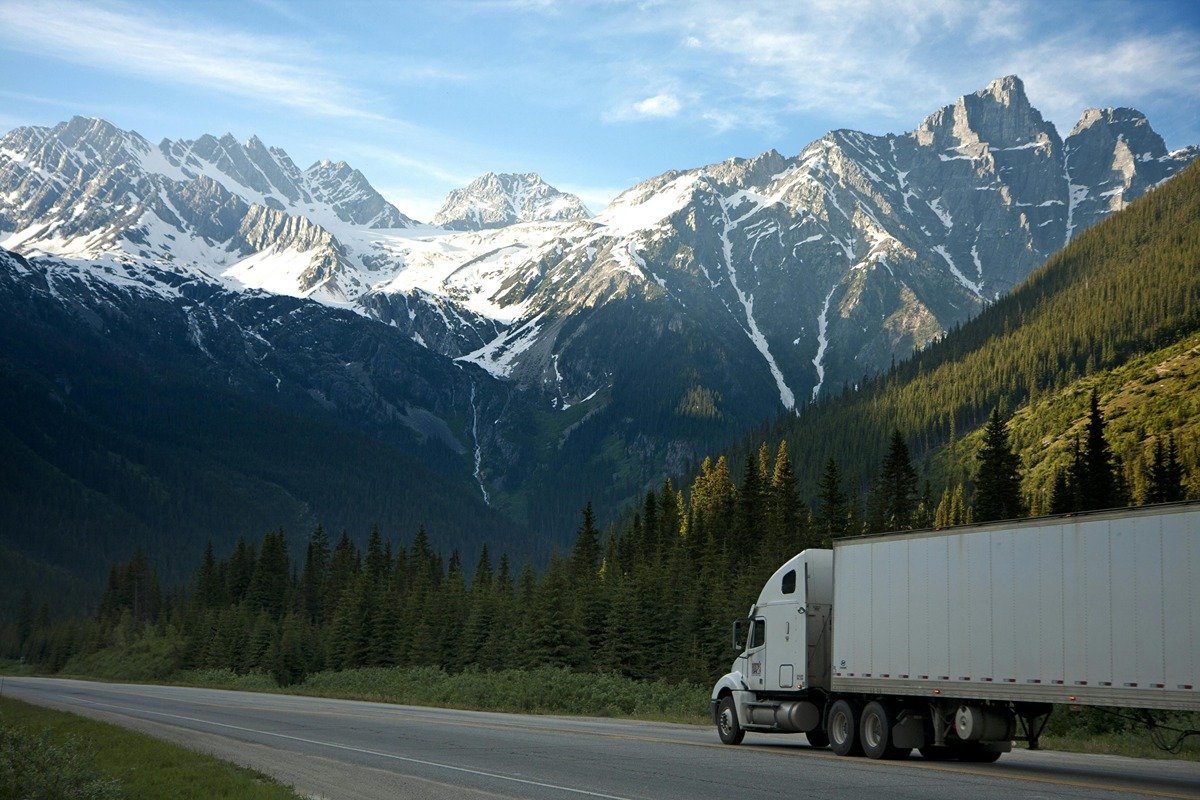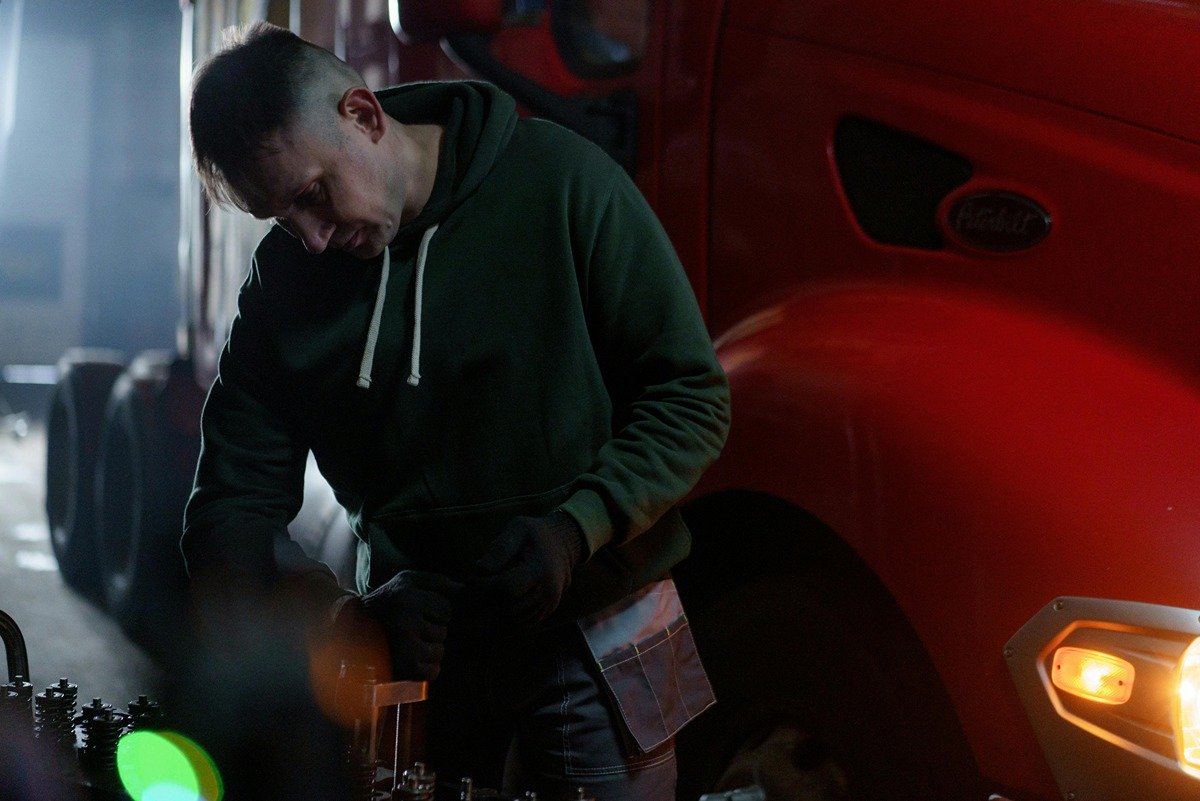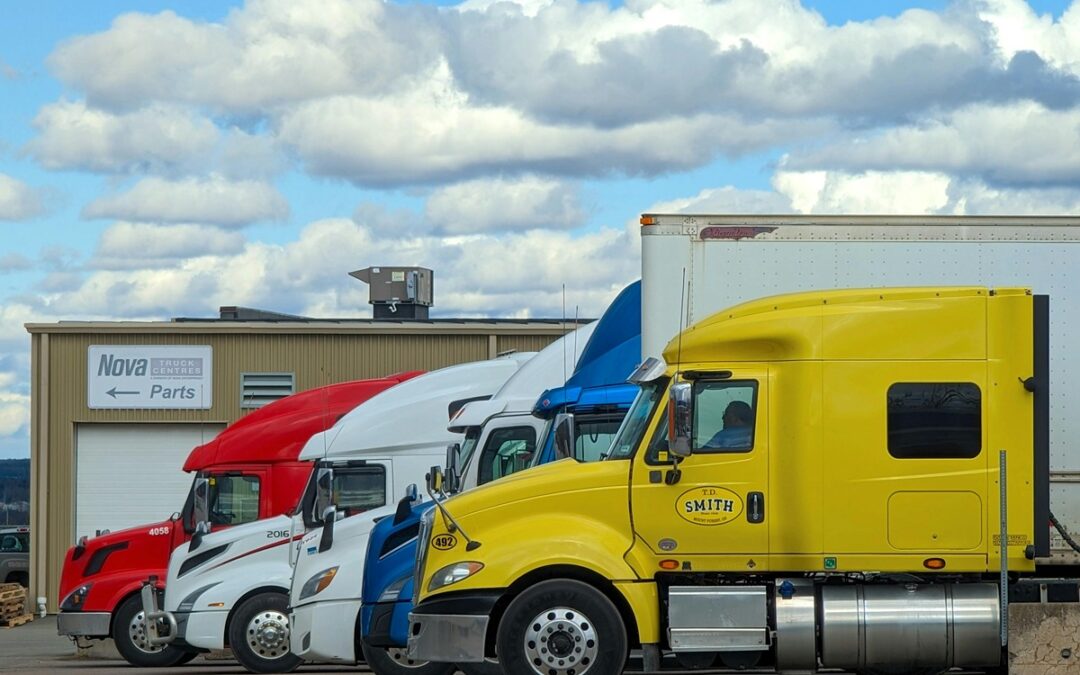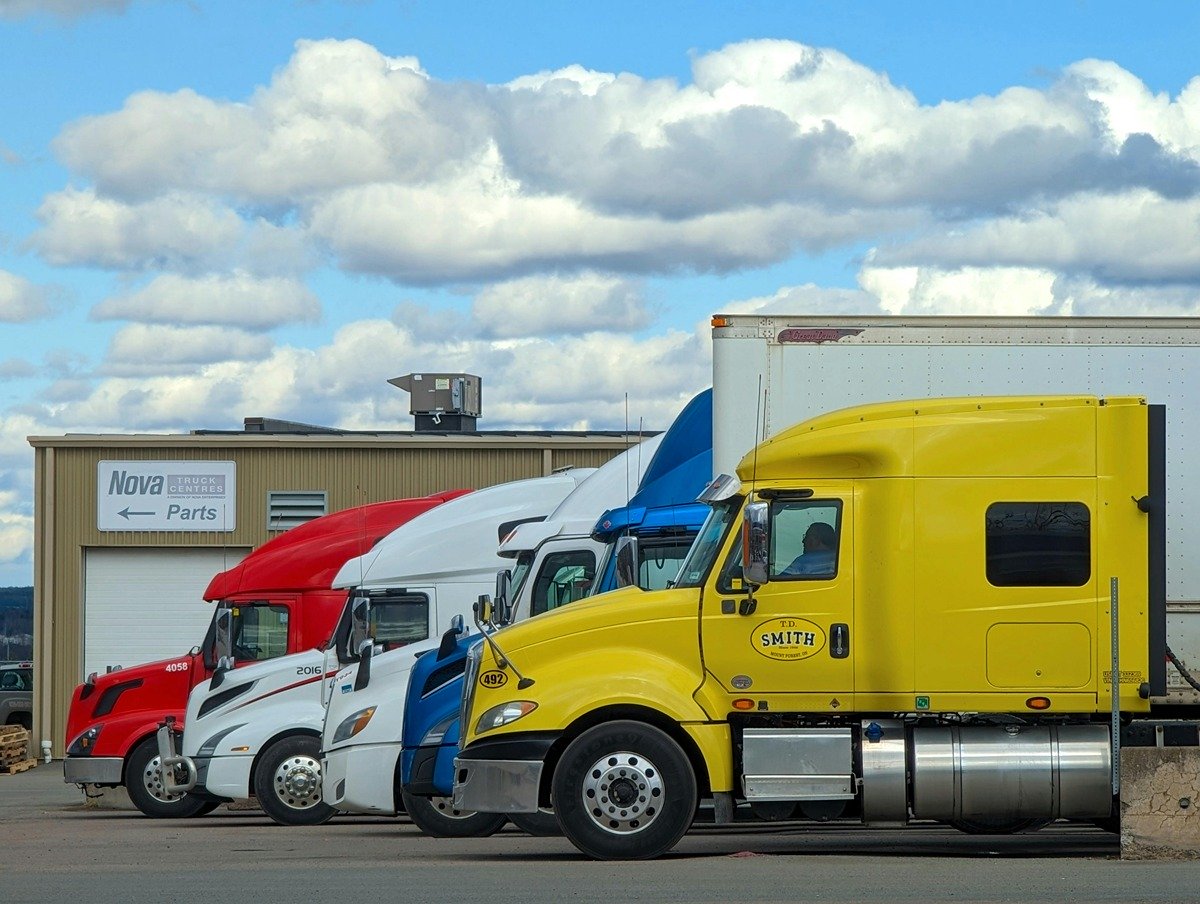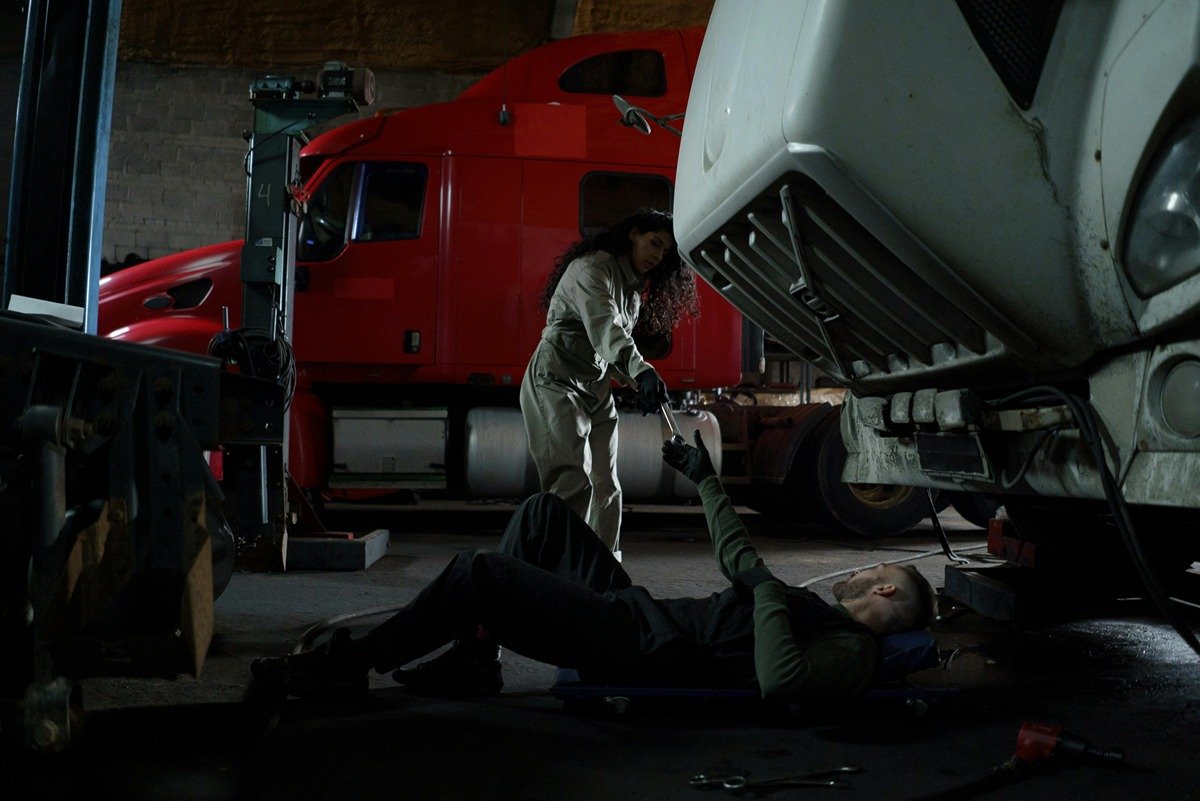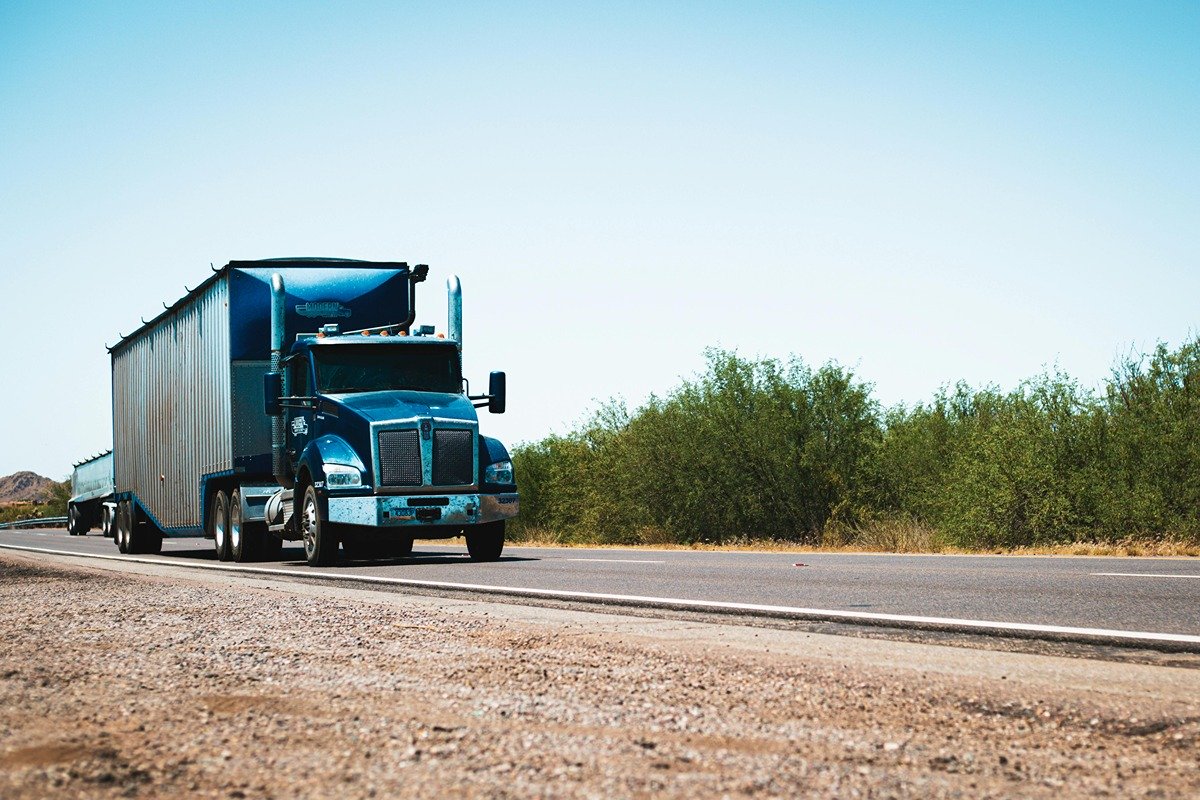
If you want to know how well your business is doing, compare it to the rest of your industry. If you want to know how well the overall industry is doing, look at the industry data. Just as there is car data, there is also data collected by those in the trucking industry, shipping, and freight.
So, which way are North American commercial vehicle driving trends headed in May 2025? We examined recent data from America’s Commercial Transportation Research Co. (ACT Research) and other reputable news, statistics, and industry sources. Here are our critical insights.
Economic Influences on Driving Data
Transport will always be hit hard by economic turbulence. Shifts in consumerism influence demand. Fuel hikes influence logistics costs. In May 2025, there is an even greater challenge: tariffs.
The US economy faces great uncertainty amid the trade tariffs brought into effect by the Trump administration. Financial market turmoil led to concerns that a recession was on the horizon. On April 9, President Trump authorized a 90-day pause for more extreme reciprocal tariffs.
It’s not all bad news. The United States e-commerce market has shown healthy growth. E-commerce revenue is expected to show annual growth of 8.22%, resulting in a projected market volume of US$1.84tn by 2029.
This increases the demand for small, medium, and heavy commercial vehicles for logistics and transportation associated with e-commerce.
Vehicle Market Trends
We looked at the latest driving data report from ACR Research to understand recent commercial vehicle and shipping trailer market trends.
Medium-Duty Vehicle Market Trends
The overall demand for medium-duty trucks has shown a decrease since March, with a preliminary 13,600 net orders for medium-duty trucks (+/- 5.0%).

Heavy-Duty Vehicle Order Dynamics
A slowdown in orders for heavy-duty vehicles was also noticed, but the exact cause is undetermined. However, moderating economic activity, private fleets’ pausing their expansion, plus trade and policy uncertainty could all play a role.
Trailer Market Performance Indicators
In a monthly survey by ACT Research, original equipment manufacturers (OEMs) indicated that conditions regarding supply, demand, and general business operations were on par with the previous year. While that is not always good news, it is not necessarily bad news either, as it shows stability.
Truck Sales and Pricing Analysis
Truck sales show us how much the trucking industry is growing. Buying more trucks means that businesses are expanding. What does the recent truck driver data have to say about North American truck sales?
Used Truck Sales
Same-dealer Class 8 used truck sales showed a slight increase in February. The 0.9% month-over-month increase was consistent with, although not as strong as, the expected seasonal advance of 5%.
In March 2025, the Class 8 average retail sale price for used trucks rose by its largest percentage since March 2022, gaining 5.6% month-over-month.
Used truck prices are typically influenced by factors such as age, condition, and mileage. Looking at the research, Steve Tam, Vice President at ACT Research, had this to say: “Several other considerations are likely affecting recent pricing changes.”
Commercial Vehicle Pricing
Under the Trump administration’s current tariff policy, vehicles compliant with the United States-Mexico-Canada Agreement (USMCA) would be exempted.
It means at least 75% of the vehicle’s components must be produced in North America. The remaining percentage of the vehicle that doesn’t come from North American auto companies will face tariffs of 25%. This will inevitably lead to increased demand for trucks made in the US.
The extent to which domestic production can meet domestic demand remains to be seen.
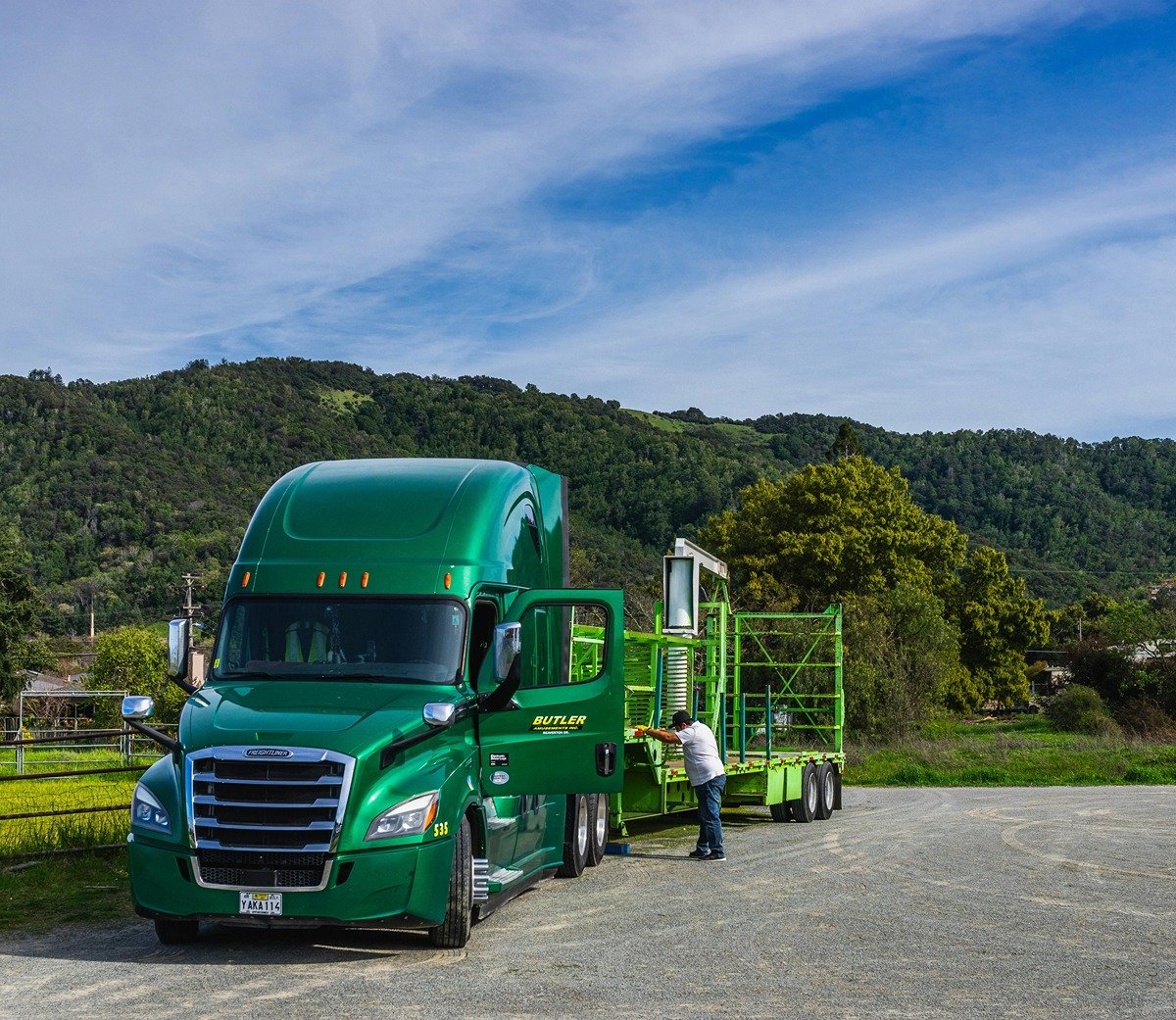
Freight and Transportation Forecast
In January 2025, the American Trucking Associations projected that truck volumes would grow in 2025 after two years of declines. Let’s see if the recent driving data supports this.
U.S. Freight Rate & Volume Outlook
The Cass Transportation Index report is a good resource for anyone seeking data for the trucking industry. Based on records for shipping invoices from Cass Information Systems, it covers multiple industries in North America and shows key freight volume trends.
Don’t worry, they don’t violate data privacy or sell data to data brokers. They only share the data related to activity and volume that can help the transport industry. For example, the shipments component of the Cass Freight Index was unchanged in March 2025, month-over-month.
DAT freight and analytics, a well-known US-based freight exchange service, runs the largest truckload freight marketplace in North America. Their 2025 Freight Focus report showed that the truckload marketplace was entering a new phase in 2025.
However, trade policies, geopolitics, and labor issues could all influence how quickly and how well freight rates and volumes bounce back.
Supply-Demand Balance in Transportation
The trucking industry relies on a demand for freight shipping by road and the availability of trucks and drivers. Shifts on either side tip the supply-demand balance. In February, as freight volumes decreased and capacity contracted, supply-demand measurements shifted to 51.1 from the previous month’s 59.1.
Workforce and Driver Availability
Thanks to the sharing of driving data, we also see what’s going on in the workforce. Although the number of qualified truck drivers may vary from one location to the next, we still get an overall view of the available workforce.

Labor Market Metrics for Commercial Drivers
Driver availability has been slowing over the past 17 months. The Driver Availability Index fell 2.1 points to 51.0 in March, from the previous index of 52.3 in February 2025.
As older drivers retire and the number of younger drivers declines, driver shortages become difficult to solve. This is evident in a report from IRU, an international transport organization. Their report on truck driver shortages showed that it’s a global problem.
Driver Retention and Shortage Solutions
Many businesses are looking for alternative solutions to driver shortages. It is predicted that Level 4 autonomy will eventually dominate logistics and commercial operations.
AI is being heralded as the future of transportation. But this depends on how quickly self-driving technology matures, as well as how regulatory frameworks evolve.
State of the Industry Overview
ACT Research analyst Carter Vieth said, “Cancellations at a 20-month high may indicate customers are pulling back on orders given the increasingly pessimistic outlook.”
What else is the driving data telling us about the state of the trucking industry?
Classes 5-8 (Medium-to-Heavy Duty) Vehicles Analysis
According to driving data from ACT Research, final North American Class 8 net orders totaled 16.5k units in March. This showed a decline of 5.9% year-over-year. Tractor orders of 12.2k units were up only 0.9%. Meanwhile, at 4.2k units, vocational truck orders decreased 21% year-over-year.
U.S. Used Truck Classes 3-8 Performance
The Class 8 average retail sale price rose by its largest percentage since March 2022, gaining 5.6% m/m in March. However, it still has a way to go. On a year-over-year basis, prices were 6% lower, while falling 7.7% in the year-to-date.
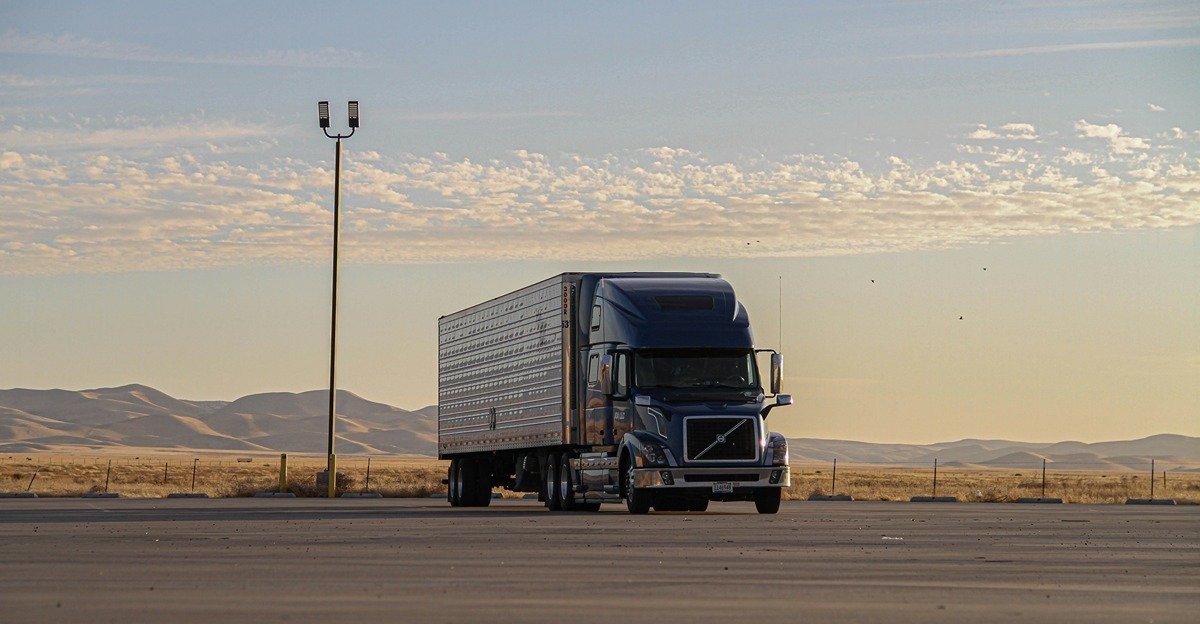
How to Make 2025 a Good Year for Your Trucking Company
By keeping a close eye on driving data through freight and transportation indexes and reports, you get a sense of where the industry is headed. You can compare current freight rates and volumes with previous months and years’ performance, and make predictions based on that data.
However, during times of economic uncertainty such as these, things change quickly. Predictions don’t necessarily come to fruition. What can you do to make 2025 a good year for your trucking business?
Buy Local
As demand from local e-commerce logistics continues to rise, US-based trucking businesses can profit from it. If you’re thinking of adding new vehicles to your business, and new trucks to your fleet, go for North American-based car companies and US-manufactured commercial vehicles or used trucks.
Get the Right Coverage
Don’t risk driving uninsured. Several insurance companies cater to the trucking industry, with insurance premiums to suit every budget. Some insurers offer custom comprehensive coverage with discounts tailored to your needs. We have a useful guide to commercial truck insurance that can help you.
Invest in Good, Used Trucks
Save money where you can. Buying used trucks will enable you to add to your fleet at a more affordable price than buying new. But first, read our tips for buying used commercial trucks. And remember that Mission Financial Services offers affordable used semi-truck loans.
Hire the Best Drivers
Looking at the US truck driver community, the problem may not be simply a shortage of skilled drivers, but more a matter of a lack of driver retention.
Don’t just hire drivers who hop in, hit the accelerator pedal, and go. Provide training and guidance. Become an active member of a trucking association that supports you and your truck drivers. Share driving data that can help improve the industry.
You’re more likely to retain drivers if they know what qualifications and driving habits are expected of them from the start. Check out our guide to writing a commercial truck driver job description.
Conclusion
Freight driving data reports give us access to expert insights. This helps us determine where the industry may be heading.
Demand for trucks has slowed. Driver shortages may worsen. There is uncertainty hanging over the entire market. Yet, in May 2025, there is potential for growth. And Mission Financial Services is here to help.
We offer financing specifically for the trucking industry. Whether you’re buying new or used semis or need to maximize your existing fleet with crucial repairs, we have the loan you need. Contact us today, and get the financing that will improve your driving data in 2025.

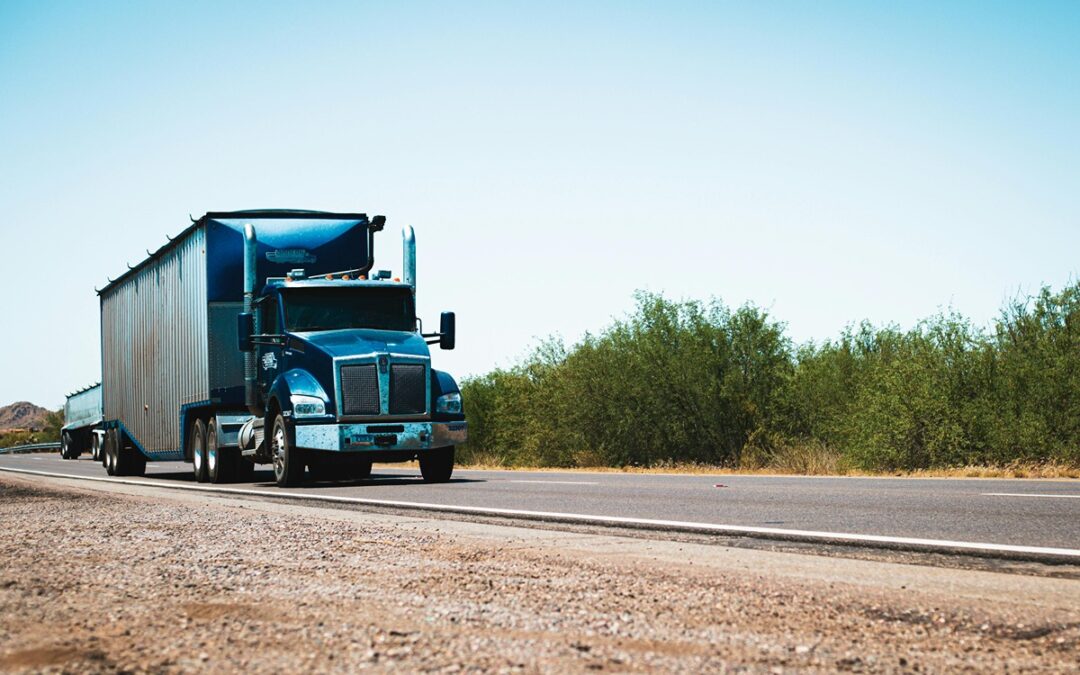






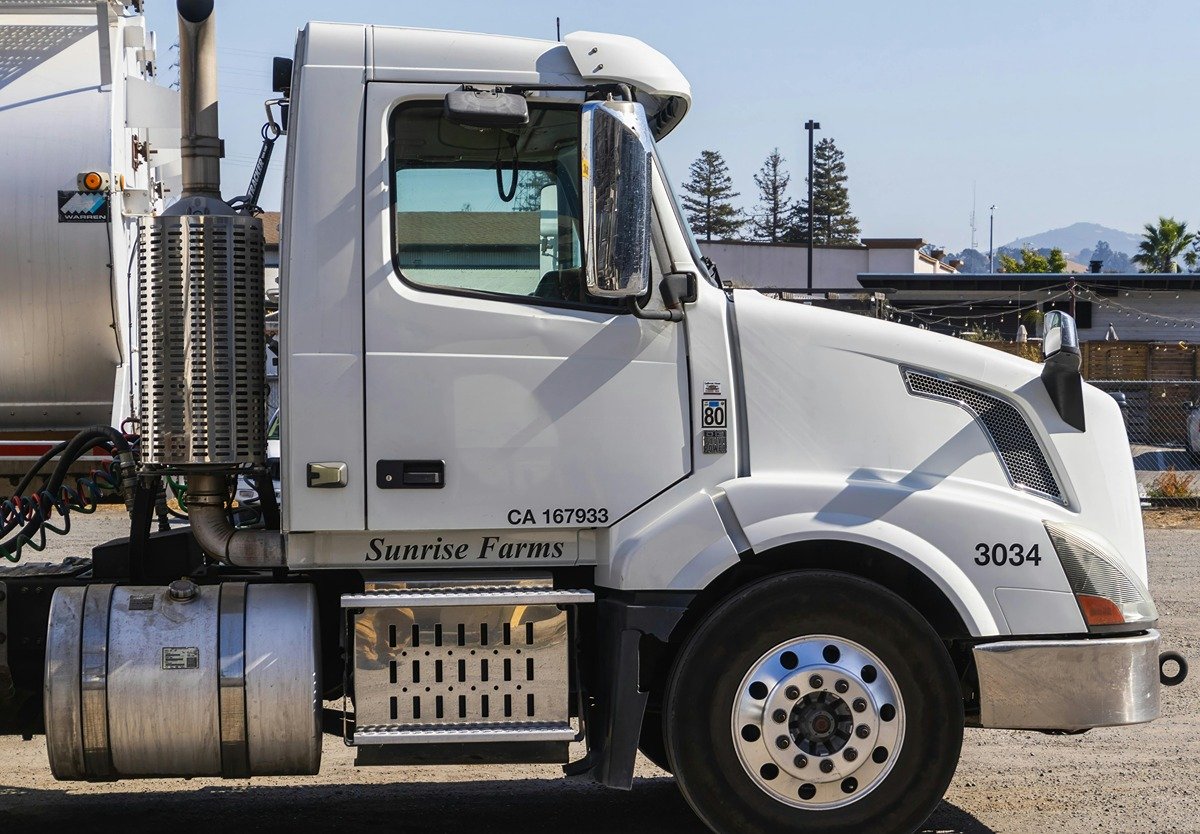

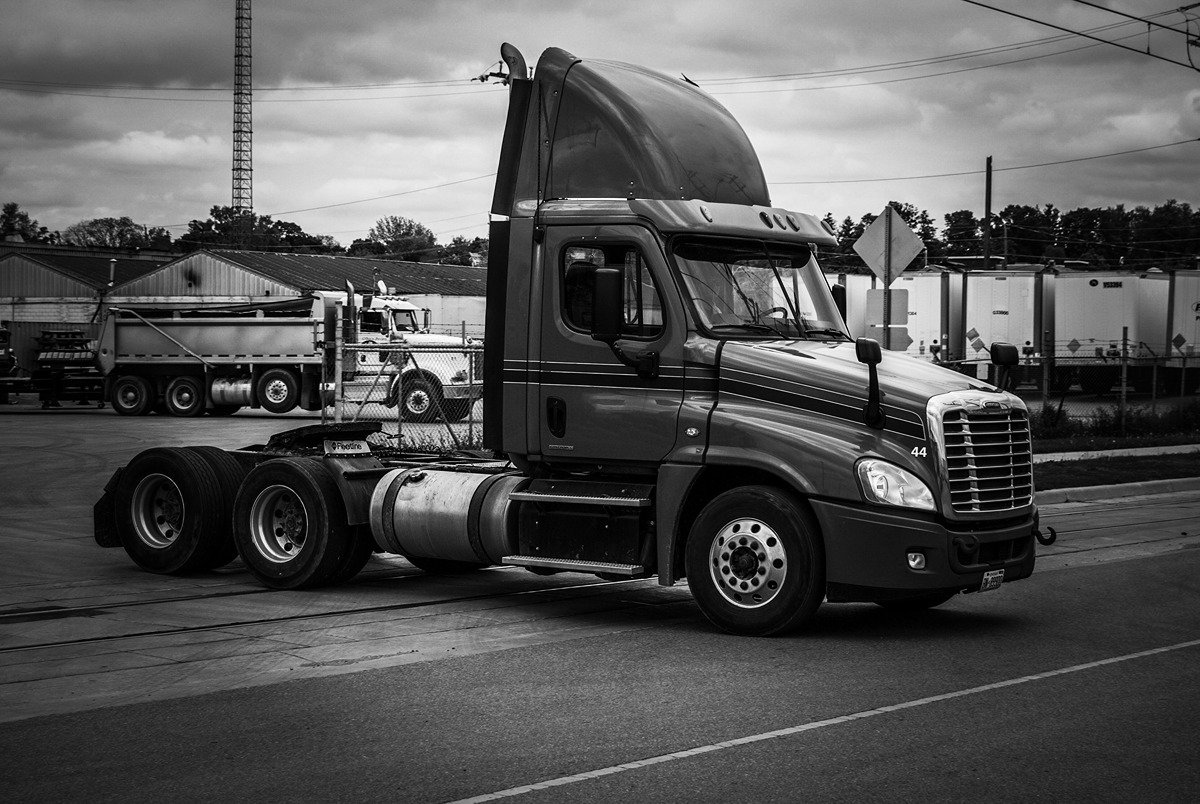 The Cass Transportation Index report is a monthly report on the overall North American freight volumes and expenditures. Thousands subscribe to this report to understand what these measurements mean for their industry. Even the Bureau of Transportation Statistics has come to rely on this data.
The Cass Transportation Index report is a monthly report on the overall North American freight volumes and expenditures. Thousands subscribe to this report to understand what these measurements mean for their industry. Even the Bureau of Transportation Statistics has come to rely on this data.

